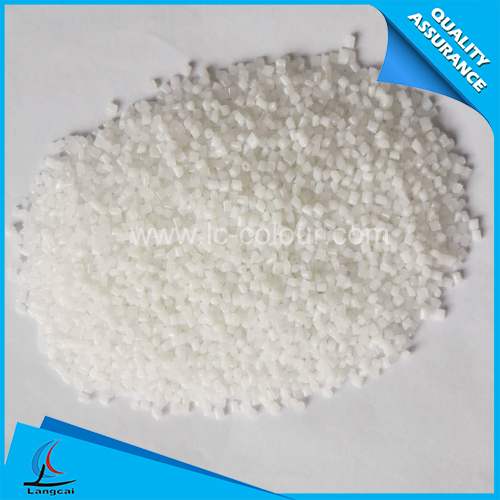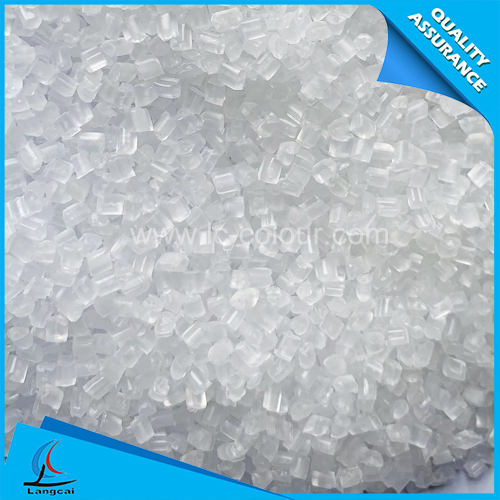- Nonwoven Fabrics
- Tailor Made Masterbatch
- Plastic Masterbatch
- Chemical Fiber Masterbatch
- Functional Masterbatch
- Machinery
- Spunbond PP Nonwoven Masterbatch
- Mono Color Masterbatch
- Liquid Color Masterbatch
- Non-woven Masterbatch
- Polyester Fiber Masterbatch
- Nylon Fiber Masterbatch
- Polypropylene Fiber Masterbatch
- Lab Nonwoven Machine
- Lab BCF Machine
- Dryer
- Filler Masterbatch
- Environmental protection policies promote technological innovation and green development in the color masterbatch industry.
- An Overview of the Production and Application of Mono Color Masterbatch for Yantai Liangcai Plastic Technology
- Analysis of the Core Technical Advantages of Mono Color Masterbatches!
- The international maritime shipping market has witnessed a round of intense price hikes
- How can the refined cotton industry navigate through the trade fog between China and Japan
- Why choose Mono Color Masterbatches? Three major advantages highlight value!
- Phone:00836 - +86-535-8484358
- Email:wendy@ytlc-colour.com
- Address:DALAN INDUSTRIAL PARK, ZHANGXING TOWN, ZHAOYUAN CITY, SHANDONG, CHINA
What are the stages of the dispersion process of plastic masterbatch?
The good dispersibility of plastic masterbatch means that the pigment is fully dispersed in the plastic to the desired particle size and uniformly mixed in the plastic. The complete pigment dispersion process usually includes three essential stages.
1 Wetting The interface between the pigment and air or water becomes the interface between the pigment and the vehicle.
2 Dispersion Pigment particles break up particle agglomerates and aggregates under external forces.
3 Stabilization Stabilizes the pigment particles that have been dispersed in the medium, and effectively prevents re-agglomeration.
The good dispersion of plastic masterbatch depends on which steps?
An important step in pigment dispersion is the wetting of the pigment particles, which is divided into the initial wetting of the pigment and the continuous wetting of the finely divided particles during the dispersion process. For plastic processing, initial wetting is the process in which the resin vehicle replaces the air and water on the surface of the pigment. The purpose of pigment wetting is to reduce the cohesion between the pigment particles. If the pigment surface cannot be fully loaded. If the polymer (which also contains the wetting agent) is wetted, the shear stress generated by the dispersing device through the melt medium will have no effect on the pigment agglomeration. The ease of pigment wetting is determined by the surface properties of the pigment particles and the properties of the color vehicle. The smaller the contact angle between the pigment and the vehicle, the lower the surface tension of the vehicle and the easier wetting.
The second step of pigment dispersion is the refinement of pigment particles. After the pigment particles are wetted, the process of pigment particleization is completed under the action of external force, and the pigment is pulverized and refined to achieve the desired particle size. At present, the external force used for mechanical dispersion is nothing more than pressure, impact force and shear force to break down the agglomerates and aggregates of pigments.
The third step of pigment dispersion is to stabilize the dispersed pigment particles. The surface area of the refined pigment particles increases, which will cause re-agglomeration. The refined pigment particles are further surface treated to reduce the newly formed interface. Surface energy so that the refined pigment particles do not reagglomerate during further processing.
The pigment dispersion process described above, namely: wetting, refinement, and stabilization after refinement, are inseparable and almost simultaneous in actual operation, and they are discussed separately only for the convenience of discussion.
The initial wetting of pigments is of irreplaceable importance for the dispersibility of plastic masterbatchs. Usually, this process is completed through some seemingly simple steps, so it is easy to be overlooked. However, the initial wetting is not only the wetting of the surface of the pigment particles, but the success or failure of the dispersion of the pigment particles starts from this step. If the initial wetting is not done well, the good dispersion of the pigment particles cannot be discussed. Yes: The vehicle resin must have sufficient capillary penetration in the micro-gap in the pigment particle aggregate. Due to the capillary penetration, the cohesion between the pigment particles is reduced, and it is easily crushed and refined under the action of shearing force. Therefore, the wetting rate and the degree of capillary penetration of the pigment play a decisive role in the overall dispersion rate and quality of the pigment particles.
Numerous practices have proved that most of the reasons for the poor dispersion of pigment particles are due to the unsatisfactory initial wetting. When such a situation occurs, it is difficult to achieve the desired effect no matter what kind of dispersion method is used to remedy it. At this time, Only by re-wetting the pigment particles can the dispersion problem be solved. On the premise that the same pigment is wetted by a common wetting agent, whether it is extruded and granulated once or six times, its final dispersion is not satisfactory; Processing, the result will produce a qualitative leap.
- Environmental protection policies promote technological innovation and green development i
- An Overview of the Production and Application of Mono Color Masterbatch for Yantai Liangca
- Analysis of the Core Technical Advantages of Mono Color Masterbatches!
- The international maritime shipping market has witnessed a round of intense price hikes
- Why choose Mono Color Masterbatches? Three major advantages highlight value!
- How can the refined cotton industry navigate through the trade fog between China and Japan
- The application advantages of Plastic Masterbatches are remarkable!
- The "Symbiotic code" between domestic and overseas markets
- Why choose Mono Color Masterbatches?
- How will the "balanced development of imports and exports" be promoted during the "15th Fi


